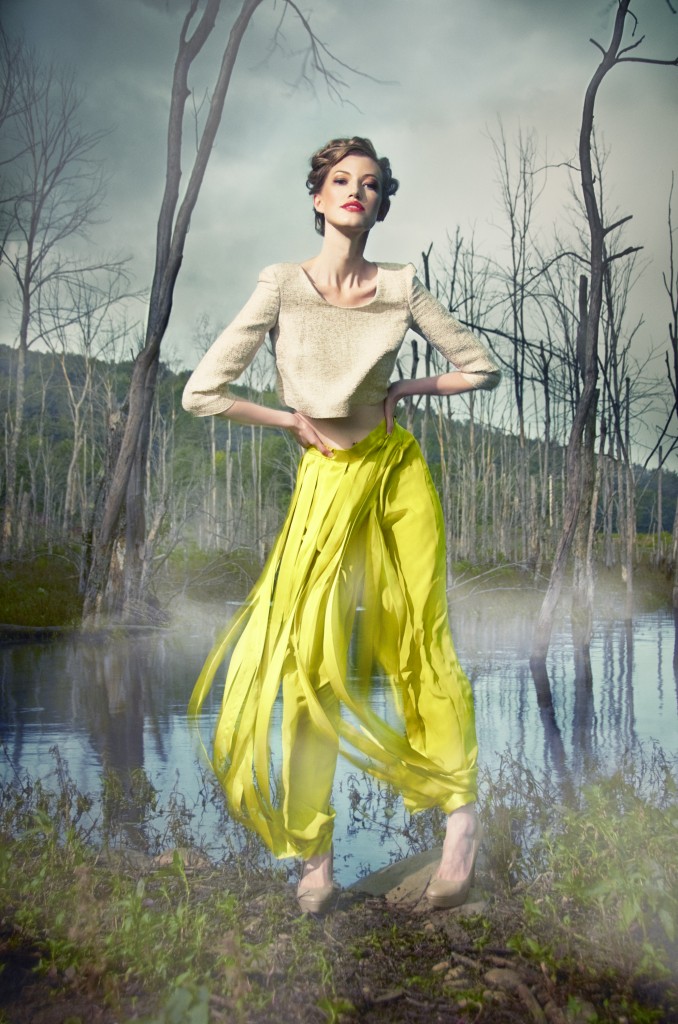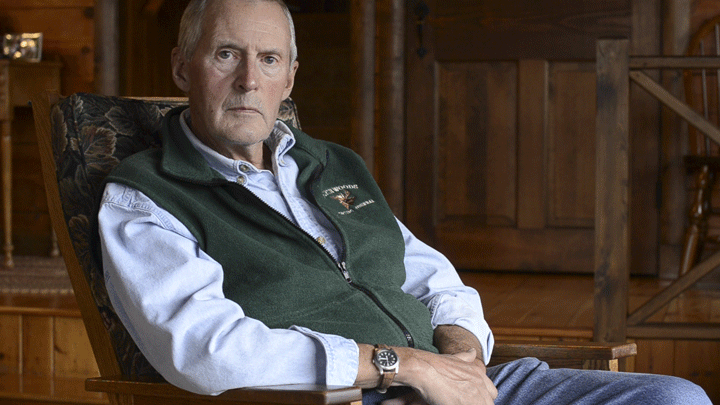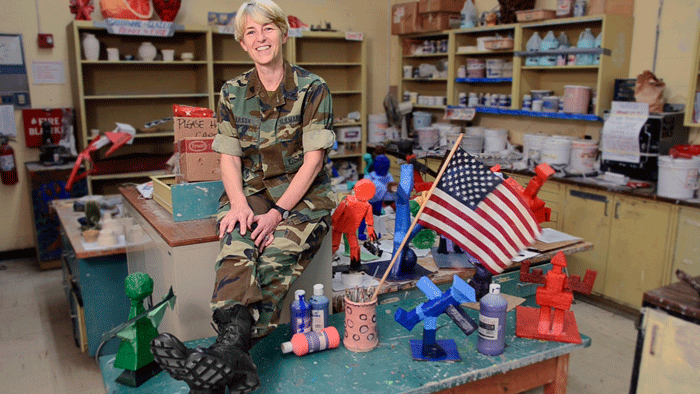Steve Marsel Studio | Steve Marsel Stock | Steve Marsel Galleries| Boston Corporate Portraits| ICE HOLES on Facebook

// by Steve Marsel
Steve Marsel Studio | Steve Marsel Stock | Steve Marsel Galleries| Boston Corporate Portraits| ICE HOLES on Facebook
// by Steve Marsel





Steve Marsel Studio | Steve Marsel Stock | Steve Marsel Galleries| Boston Corporate Portraits| ICE HOLES on Facebook
// by Steve Marsel

Steve Marsel Studio | Steve Marsel Stock | Steve Marsel Galleries| Boston Corporate Portraits| ICE HOLES on Facebook

Guest blogger Stacey Lamb is an undergraduate student in Communications and Studio Art at Florida State University. The next six months should prove to be quite an adventure for her—following her internship with Steve she will be backpacking Europe and studying abroad in London in the fall. Her passion for photography, fashion, travel and music strongly influence her adventures and life goals.
Visit Steve Marsel’s other sites: Steve Marsel Studio, the assignment site and flagship site of the Steve Marsel brand, Steve Marsel Stock, the rights managed digital stock library of Steve Marsel Studio, Steve Marsel Galleries, the private gallery site of the Steve Marsel Studio. Visit one of Boston Photographer Steve Marsel’s other blogs as well: Steve Marsel Studio Blog , the creative blog of the Steve Marsel Studio. Steve Marsel Galleries Blog, Steve Marsel’s blog that discusses the stories behind the photographs, and Steve Marsel Stock Blog, the blog of Steve Marsel’s rights managed digital stock photography library that discusses the stories behind the images on the stock site. Cinemagraphs Cinemagraph
// by Steve Marsel


John Brady lives in Newburyport, Massachusetts and can be reached at 978/463-2255 or at 978/270-6686 (cell); or by e-mail at Bradybrady@aol.com. Visit Steve Marsel’s other sites: Steve Marsel Studio, the assignment site and flagship site of the Steve Marsel brand, Steve Marsel Stock, the rights managed digital stock library of Steve Marsel Studio, Steve Marsel Galleries, the private gallery site of the Steve Marsel Studio. Visit one of Boston Photographer Steve Marsel’s other blogs as well: Steve Marsel Studio Blog , the creative blog of the Steve Marsel Studio. Steve Marsel Galleries Blog, Steve Marsel’s blog that discusses the stories behind the photographs, and Steve Marsel Stock Blog, the blog of Steve Marsel’s rights managed digital stock photography library that discusses the stories behind the images on the stock site.
Steve Marsel Studio | Steve Marsel Stock | Steve Marsel Galleries| Boston Corporate Portraits| ICE HOLES on Facebook
// by Steve Marsel
Logo t-shirts, skinny jeans, and boys with shoulder length haircuts: what do these all have in common? They are all popular fashions from the seventies and eighties that became freshly rejuvenated styles in the 2000s.
Body painting, the application of paint/makeup to human skin, like many other fashions and forms of art, also experienced this reawakening. Except many people may not have realized this yet.
It can be debated that body painting is one of the oldest forms of art, often used in tribes as a form of rank or hierarchy. And over the centuries, the art-form evolved into different applications ranging from the traditional tribal, to go-go dancers, to Hollywood cinema, including such techniques as fantasy, camouflage, decoration, conceptualization, and tromp l’oeil.
In my opinion, body painting reached its undisputed highest glory in the 70s, when renowned fashion model/experimental artist, Veruschka (http://www.veruschka.net/), took her explorations to the most radical levels. She was essentially responsible for popularizing the camouflage technique, in which she would be painted, by herself and occasionally the photographer, to resemble the decaying environment, sometimes to the point where she seemed invisible.
Veruschka was also responsible for very conceptual photographic series’ where she would “remove” her painted clothing until nude, and then remove her skin to reveal the illusion of clothing underneath. Many of her techniques are still copied today, and those that knew of her then, still talk of her today, forty years later.
In the 90s, the art form was pioneered into the commercial industry by Joanne Gair (http://www.joannegair.com/). She is most notably recognized for her work with Annie Leibovitz and Demi Moore on the cover of a 1992 Vanity Fair (http://glamourphotography.co/wp-content/uploads/2011/01/Demi-Moore-Vanity-Fair-cover-1992-BodyPaint-by-Joanne-Gair.jpg) in which a fully nude Moore was painted in a tromp l’oeil styled, faux suit and tie. That image was arguably the most influential image for countless body painters today, including myself. This also proved to be the main springboard for Gair’s career. She has since continued on to do numerous episodes of America’s Top Model(and other continental versions), is the head artist for the painted bikinis seen every year, since 1999, in the Sports Illustrated, and she is regularly involved with countless magazines, fashion campaigns, and TV/Film spots. Gair is perhaps the most prolific body painter to date.
The commercial popularity of body painting resulted in endless amounts of copycat styles, which consequently began to cheapen its reputation. In the 2000s, when people thought body paint, they pictured cheetahs or faux bikinis, quickly reducing it to cliche. As a result, many have written body painting off as a tacky pursuit.
Which brings me to my point… Before you consider the art-form an old fad, remember that like the revival of the Fedora and enormous Sunglasses, the body paint wave has hit again!
With the aid of online social networks, the next generation body painter has arrived, and the exploration continues. A whole new world has opened up as more and more traditional artists are getting involved in the medium of paint on skin. The talent level has become plentiful and diverse. Many artists, such as, Nelly Recchia (http://www.nellyrecchia.com/), Anastasia Durasova (http://www.adurasova.com/), Nick Herrera (http://www.facebook.com/TheBodyPainter), and Alex Hansen (http://www.alexhansenart.com/) have managed to consistently push the current limits, and discover new ways to apply techniques, textures, and concepts. And let me be the first to say, this may be its renaissance.
If you are one of those people that frown upon the idea of body paint, take a moment to look again. You may be pleasantly surprised. After all, it’s not like it’s the rebirth of the mullet.

Guest blogger Paul Roustan is a native of Chicago, IL, Roustan received a Bachelor of Fine Arts degree from the School of the Art Institute of Chicago in 2002. After his move to Rhode Island, he completed a Master of Arts in Teaching degree at the Rhode Island School of Design in 2006.
Multi award winning and internationally published artist,
Paul Roustan’s work has appeared on Spike TV, the Chicago Sun-Times, Airbrush Action Magazine, among others. His work has been displayed in over a dozen galleries in the past year.
Roustan’s airbrushed bodypaintings have been used for corporate, private, television, and nightclub events worldwide, including clients Playboy, Bacardi, Tupperware, Absolut, and more. His work has also been featured in fashion shows, parades, photographic workshops, and magazines.
Visit Steve Marsel’s other sites: Steve Marsel Studio, the assignment site and flagship site of the Steve Marsel brand, Steve Marsel Stock, the rights managed digital stock library of Steve Marsel Studio, Steve Marsel Galleries, the private gallery site of the Steve Marsel Studio. Visit one of Boston Photographer Steve Marsel’s other blogs as well: Steve Marsel Studio Blog , the creative blog of the Steve Marsel Studio. Steve Marsel Galleries Blog, Steve Marsel’s blog that discusses the stories behind the photographs, and Steve Marsel Stock Blog, the blog of Steve Marsel’s rights managed digital stock photography library that discusses the stories behind the images on the stock site. Special thanks to Retoucher James Eves Model featured in photograph above Akonwara.. For future party and events checkout these awesome painters and decorators in london.
Steve Marsel Studio | Steve Marsel Stock | Steve Marsel Galleries| Boston Corporate Portraits| ICE HOLES on Facebook
// by Steve Marsel
One aspect of this job of being a professional photographer that really challenges me is the ability to find props – quickly. I was doing a shoot last month for our other blog – stevemarselstudio.com/blog for Martin Luther King Day. The topic of my blog posting for Martin Luther King day was how Dr. King had single handedly started the Montgomery Bus Boycott. I had never seen an iconic shot of the back seats of a vintage bus. I looked. Google images had nothing. A thorough search online of the major stock photography agencies turned up little or nothing. I knew that if I wanted to create an image that represented Dr. King, it would need to be straight forward and direct. I want to shoot THE “back of the bus” image. An Image that would be the visual manifestation of that concept for all time. But… I needed a bus!

About the Bus:
The MBTA’s (Massachusetts Bay Transit Authority) RetroBus #2600 was built in 1957 by General Motors at their truck and coach plant in Pontiac, Michigan. It is 35 feet long and 96 inches wide and is model TDH-4512 (for “T”ransit [sigmifying two doors, one for each entrance and exit, as opposed to “S”uburban with only one door], “D”iesel engine; “H”ydraulic transmission(as opposed to a manuel stick shift), “45” seated passengers, “12” is the model number – the even number “2” signifying a 96″ wide bus. All 102″ wide buses had odd model numbers).
Number 2600 was built for the City Bus Company of Oklahoma City, and assigned their number C605. The Eastern Massachusetts Street Railway Company, one of the MBTA’s predecessors, purchased the bus secondhand in the early 1960’s. The eastern Mass was eager to retire the last gasoline buses in its fleet, and consequently acquired a large number of used diesel buses in this time period. The bus was assigned the number 3183 by the Eastern Mass. The MBTA acquired the Eastern Mass in 1968, and took possession of all of its property.0 including 3183. In 1970, 3183 was part of a group of buses leased by the MBTA to Middlesex & Boston Street Railway Company (M&B), a private bus operator serving Newton, Waltham, Lexington, and other communities in the western suburbs of Boston. In 1972, The M&B went out of business and the MBTA took over it’s routes, so 3183 returned to the MBTA. The bus was retired shortly thereafter by the MBTA, and sold to the Gateway Bus Lines of Wareham Mass. The bus sat in storage at Gateway for many years. In 1988, the bus was returned to the MBTA and completely rebuilt by volunteer labor by the men and women of Everett Shops. The bus was assigned the number 2600, to represent all of the General Motors “old look” buses owned and operated by the MBTA and its predecessors in the period between 1940 and 1975. Number 2600 has been used for parades and other special occasions ever since.
Photography by Steve Marsel Retouching by James Eves Original copy written by Steve Marsel This image available for licensing at Steve Marsel Stock
Visit Steve Marsel’s other sites: Steve Marsel Studio, the assignment site and flagship site of the Steve Marsel brand, Steve Marsel Stock, the rights managed digital stock library of Steve Marsel Studio, Steve Marsel Galleries, the private gallery site of the Steve Marsel Studio. Visiot one of Boston Photographer Steve Marsel’s other blogs as well: Steve Marsel Studio Blog , the creative blog of the Steve Marsel Studio. Steve Marsel Galleries Blog, Steve Marsel’s blog that discusses the stories behind the photographs, and Steve Marsel Stock Blog, the blog of Steve Marsel’s rights managed digital stock photography library that discusses the stories behind the images on the stock site.
Steve Marsel Studio | Steve Marsel Stock | Steve Marsel Galleries| Boston Corporate Portraits| ICE HOLES on Facebook
